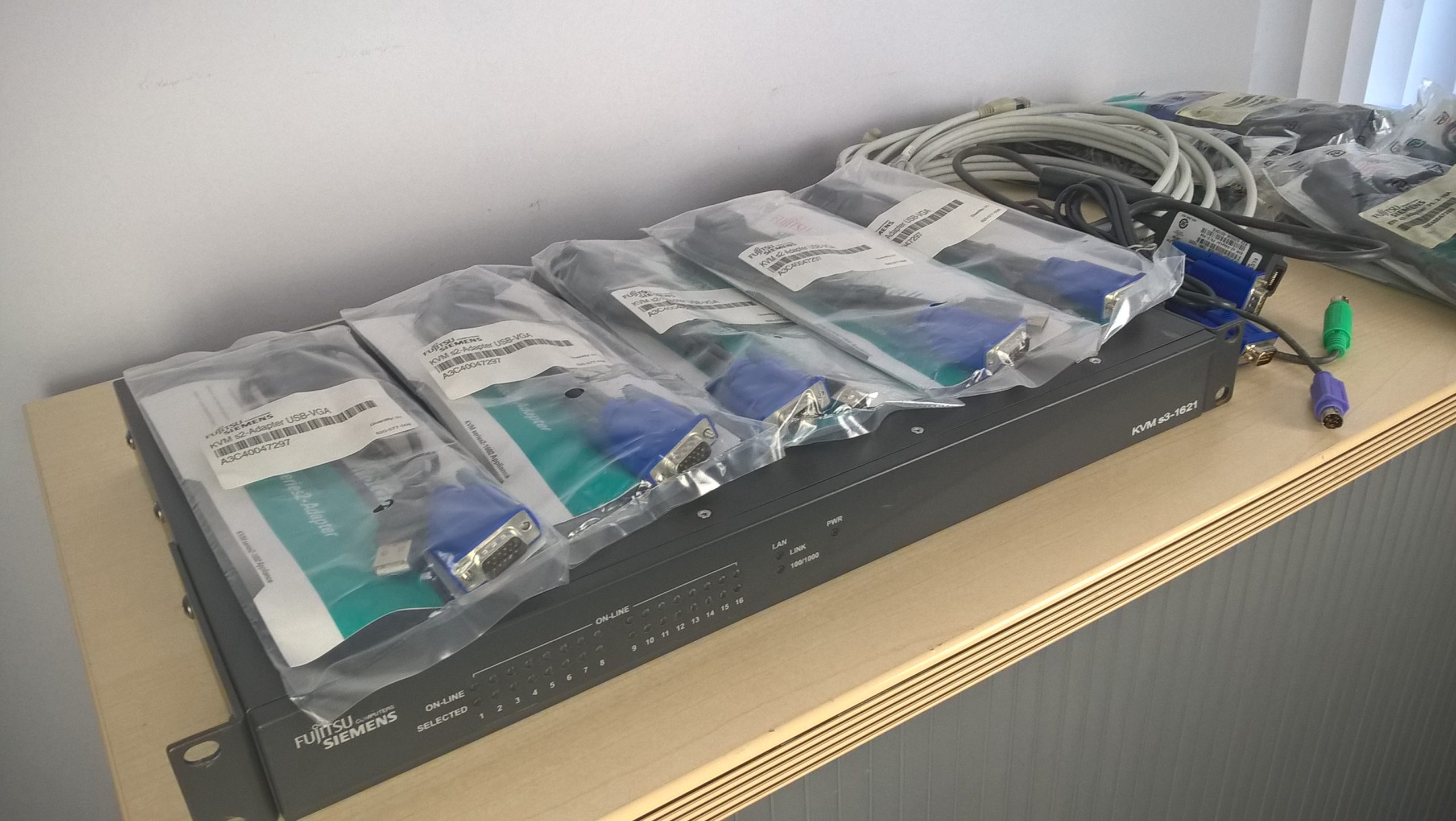Navigating the Unexpected Territory of Cybersecurity Management
Embarking on a new professional journey can often be filled with unexpected challenges, especially when responsibilities shift in ways you never anticipated. Recently, I found myself stepping into a role where I was unexpectedly designated as the head of security for my company. Although my interview included discussions about assisting with technology-related tasks, I never envisioned that I would be tasked with overseeing cybersecurity—especially without any formal training or prior experience in this crucial area.
The reality is that the organization lacks established security protocols. In fact, there was no dedicated individual managing this aspect of the business prior to my arrival. While the company currently operates under minimal external scrutiny, it is poised for growth and visibility in the near future. As part of our strategic preparation, we plan to consult with cybersecurity experts in the coming months, but my primary goal is to ensure that we approach this transition without feeling embarrassed or unprepared when the time comes.
So, where do I begin in addressing these challenges?
This journey has prompted me to delve deep into the world of cybersecurity to gain a fundamental understanding of best practices, essential protocols, and the tools we need to implement a robust defense strategy.
Here are some pivotal steps I’m taking to get started:
-
Educate Myself: I’m diving into online courses and resources focused on cybersecurity fundamentals. This self-study approach not only helps me grasp the language of security but also lays down the groundwork for strategic decisions.
-
Assess Our Current Landscape: I plan to evaluate our existing systems and identify potential vulnerabilities. This includes a thorough inventory of assets and an analysis of how data flows within our organization.
-
Develop a Basic Security Framework: Even without extensive security background, I can start formulating a foundational security policy. This should encompass guidelines for password management, data protection, and incident response protocols.
-
Engage with the Team: I believe that fostering a culture of security awareness among my colleagues is essential. By encouraging open conversations and training sessions, I can help ensure that everyone plays a role in maintaining our security posture.
-
Prepare for Expert Consultation: With my newfound knowledge, I’ll be better equipped to collaborate with the cybersecurity consultant we eventually bring on board. I want to ensure that our organization presents a well-thought-out and proactive approach to security.
Ultimately, while I may not have started this journey with a wealth of experience, I am determined to transform this challenge into an opportunity for growth—for both myself and
Share this content:




Hi, thank you for sharing your situation. Taking on security responsibilities without prior experience can be daunting, but you’re on the right track by seeking knowledge and structured steps. Here are some additional suggestions to help you get started:
Remember, cybersecurity is an ongoing process